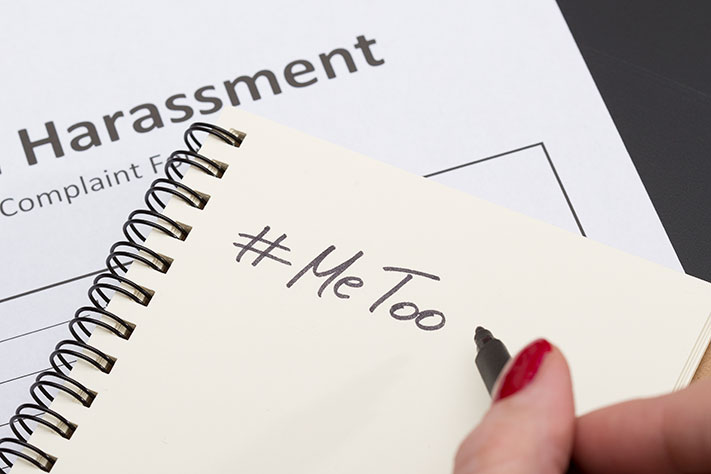#TimesUp Anti Harassment Policy And Practice Revisions To Consider

Anti-harassment policy and practice revisions to consider for your company during the #TimesUp era.
Reevaluate and Effectively Train on Anti-retaliation Principles and Actions, and Normalize the Complaint and Investigation Process
All prevention, reporting, investigation and decision making relating to sexual misconduct relies on employee belief that retaliation will not be allowed generally and in the harassment-management context. Doubts as to protection from retaliation prevent effectiveness of antiharassment measures. Normalizing the complaint and investigation process is a byproduct of this work – when airing concerns and having them systematically reviewed, investigated and resolved is an invited, accepted process it becomes routine and less retaliation-prone.
Reevaluate the Scope of Attempted Confidentiality
- As to the initial complaint
- As to the fact and scope of the investigation
- As to the findings
- As to the discipline, if any, and reasons for
- As to agreements or resolutions with the claimant or the accused
Will more blatant transparency deter and reveal more sexual harassment? Will it prevent false accusations or retaliation? Or will it inhibit complainants and witnesses from coming forward with real concerns? Confidentiality is being blamed for harassment continuation, and its value to the workplace in this context must be re-assessed.
Establish Multiple Normalized Methods to Complain, an Effective Method to Safely Complain about Powerful Employees, and Effectively Train on Complaint Paths
There must be a person or method of complaint that allows complaints to be raised and investigated as to leaders and powerful employees, and it must be perceived as legitimate and effective. Normalizing the complaint and investigation process links to anti-retaliation.
Be Willing to Evaluate Information from the Past, from Outside or Unattributed Sources, including Social Media
Attention must be given to allegations about misconduct long past, from non-employees, and even from social media or gossip, to avoid claims that the employer ignored evidence of policy violations.
Be Ready to Manage Public Accusations and Denials via Traditional or Social Media
The harassment accusation may arise in social or other media, and the accused may respond in kind before you can impose appropriate guardrails to protect any investigation. Brainstorming how you will react to these scenarios and reviewing your communication and social media policy will be helpful steps.
Encourage the Early Self-reporting of Questionable Incidents and Ended Relationships
This can avoid complaints or improve understanding of truth if parties come forward early when circumstances might lead to claims of policy violations. Examine policies and procedures and training to encourage this.
Avoid Over-reactions by Decision Makers to Harassment Allegations
The temptation to terminate the accused creates problems when just cause is required, but also loss of institutional credibility, if accusations without support can end careers and reputations or are disproportionately disciplined.
Avoid Over-reactions by Men Determined to Prevent Potential Harassment Claims
Men cannot deny women opportunities for workplace proximity or involvement with them out of fear that a baseless harassment claim will be made, this is gender discrimination.
Consider Policies that Infer that Conduct is Not Welcome or Consensual if Proof of Consent was not Acquired by the Accused
To avoid the need for decisions as to the veracity of claims that romantic approaches were not welcome, develop policy that requires an accused, if their defense is that the conduct was welcomed, to have proof of consent.
Audit the Complaint, Investigation and Response Process to Ensure Quality and Lack of Bias
The process may not be working (are complaints happening as you would expect and if not, why not), yielding unbiased or effective results (are investigations yielding expected or quality results), which may only be understood through oversight and auditing.